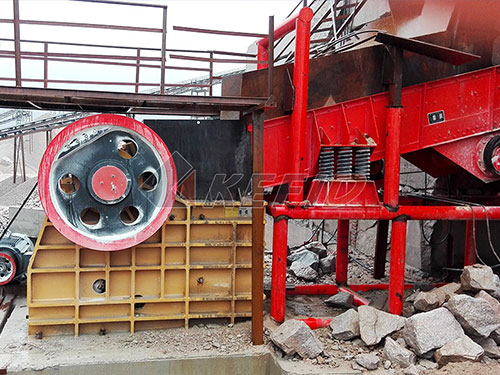Strategic Human Capital Development in Cement Plant Crusher Sections: Enhancing Operational Excellence & Workforce Resilience

Introduction
The relentless demand for cement in global infrastructure development places immense pressure on production efficiency. Within this complex ecosystem, the crusher section stands as a critical frontline operation – the primary gateway where raw materials like limestone are reduced to manageable sizes for further processing. While robust machinery forms its backbone, the true linchpin of consistent performance, safety, and adaptability lies in Human Resource Development (HRD) specifically tailored for this demanding environment. Investing strategically in Sumber Daya Manusia (SDM) within the crusher department is not merely beneficial; it’s a fundamental prerequisite for sustainable competitiveness and operational excellence in the modern cement industry.
Understanding the Crusher Section’s Criticality & Challenges
Crushers are high-impact zones characterized by:
1. Extreme Operating Conditions: Exposure to dust, noise, vibration, heavy machinery movement, and potential hazards from falling material or equipment failure.

2. Process Criticality: Unplanned crusher downtime instantly bottlenecks the entire raw material preparation line and kiln feed supply chain, incurring significant production losses per hour.
3. Equipment Complexity: Modern primary and secondary crushers (jaw crushers, gyratory crushers, impact crushers) incorporate sophisticated hydraulic systems, advanced control logic (PLCs), wear monitoring sensors (e.g., cavity level systems), and complex drive mechanisms requiring deep understanding.
4. Safety Imperatives: High-risk activities include handling large rocks during clearing blockages (“bridging”), working at height on platforms near feed hoppers or chutes, lockout/tagout procedures during maintenance.
5. Variable Feed Material: Fluctuations in raw material hardness, size distribution (“fines” content), moisture levels (causing clogging/”mud balls”), or tramp metal presence demand constant operator vigilance and adjustment.
6. Cost Sensitivity: Wear parts (liners/mantles/hammers/blow bars) represent substantial recurring costs; optimal operation directly impacts wear life and maintenance expenditure.
These factors converge to create an environment where operator competence directly dictates productivity output levels achievable while minimizing waste streams generated downstream due to improper sizing issues affecting grinding efficiency later on; safety incident rates; equipment longevity metrics like Mean Time Between Failures (MTBF); overall plant profitability margins per ton produced effectively.
The Imperative of Targeted SDM Enhancement
Traditional approaches often focused solely on basic operational training overlook

Leave a Reply